(8h-22h to T2-T7; 18h Sunday)

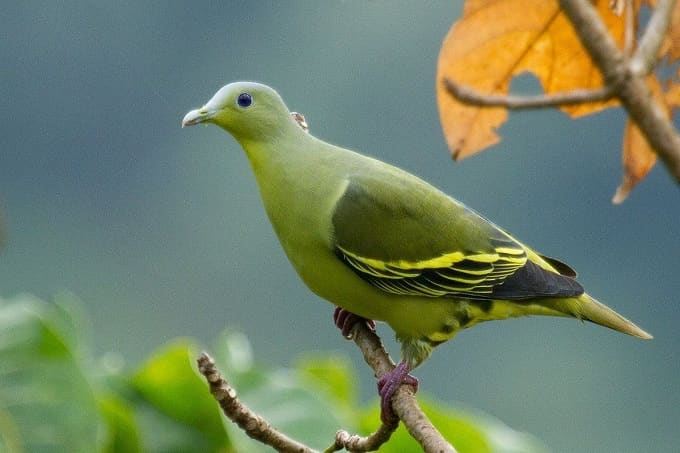
This species Green pigeon belongs to the cuckoo family. Easily identifiable with green hindquarters, green wings with brown and white borders. Light blue belly Red legs, silvery white beak. Red-necked They are fruit and seed-eating birds. Lives in the forest on high branches, lays 2-6 eggs, lives in herds, herds.
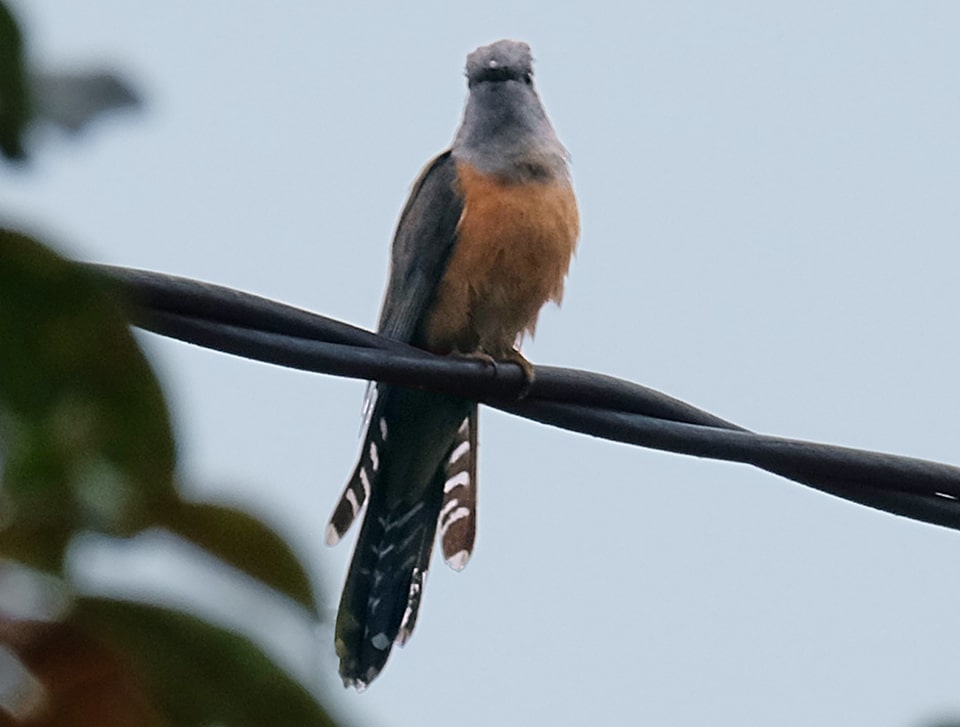
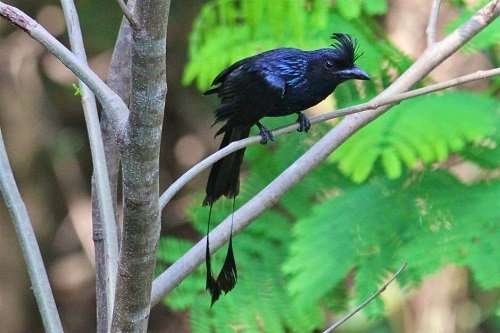
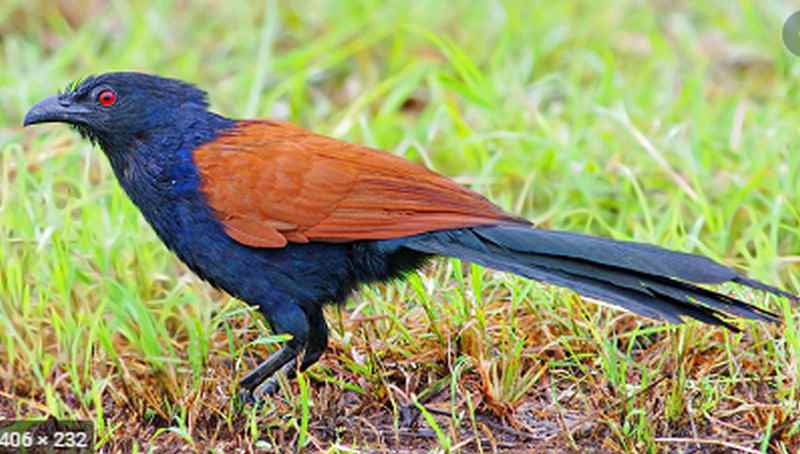
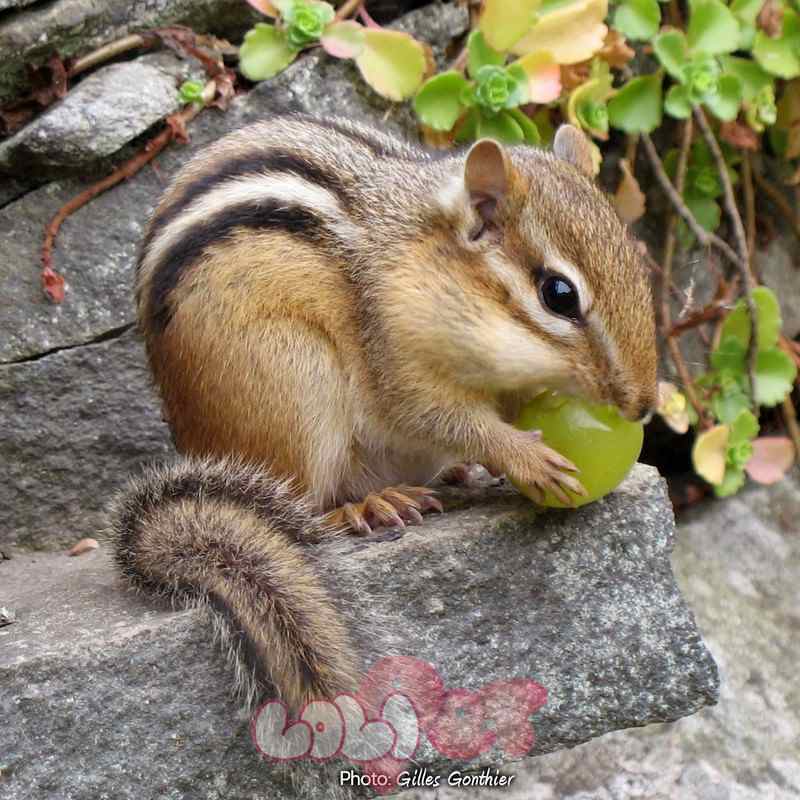
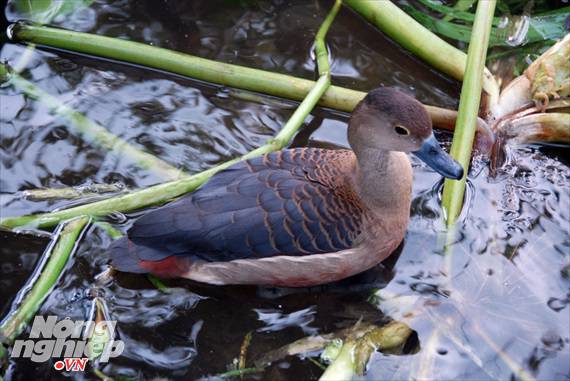
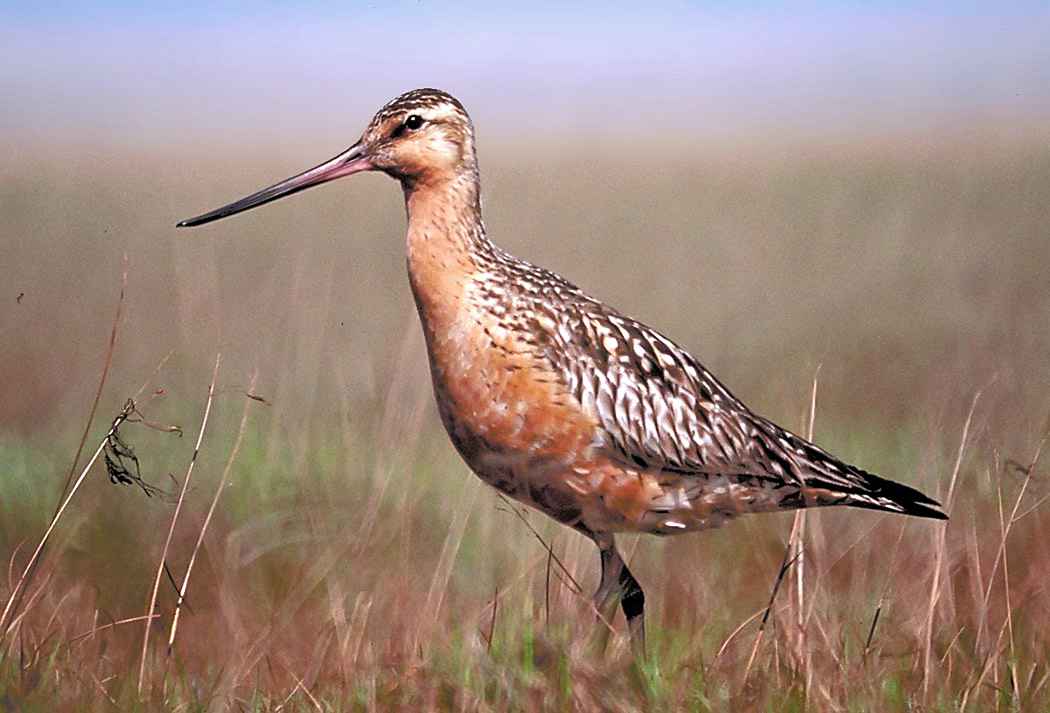
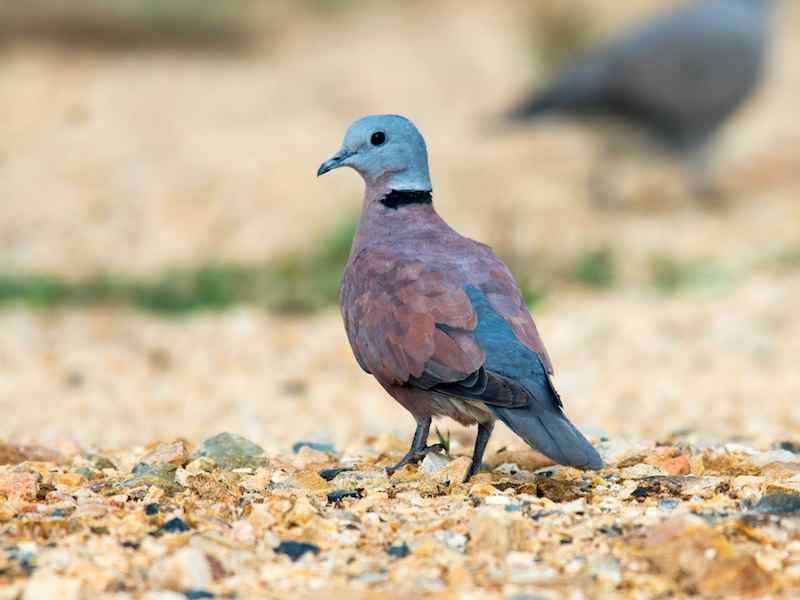

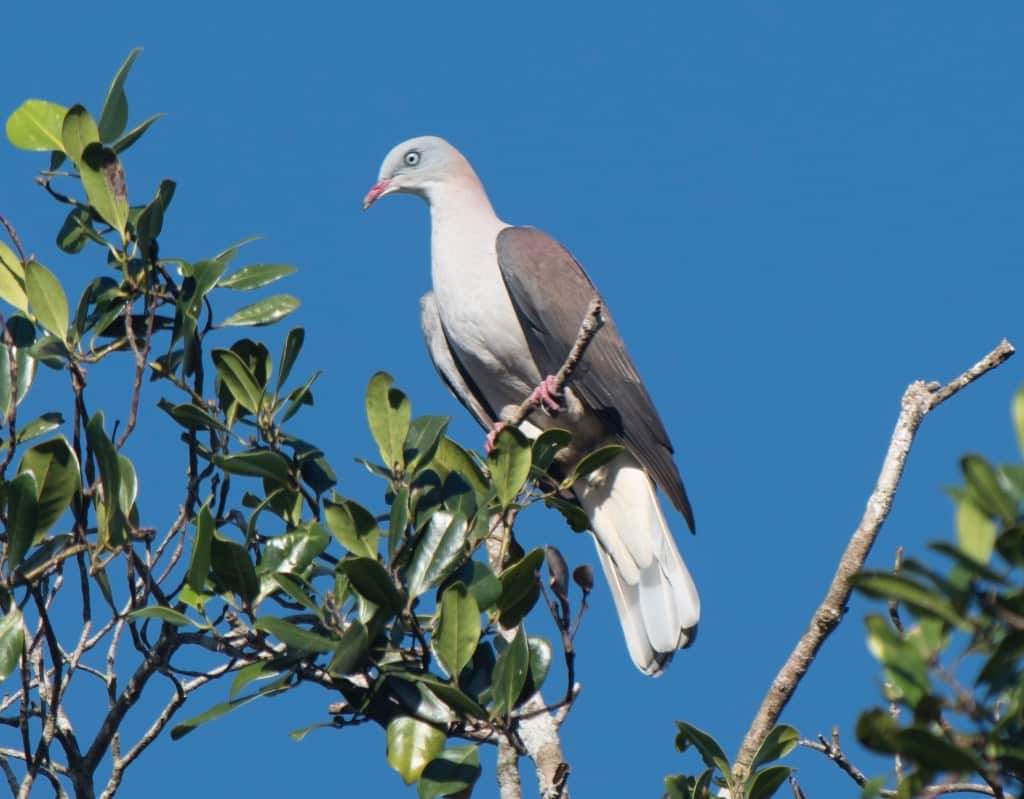
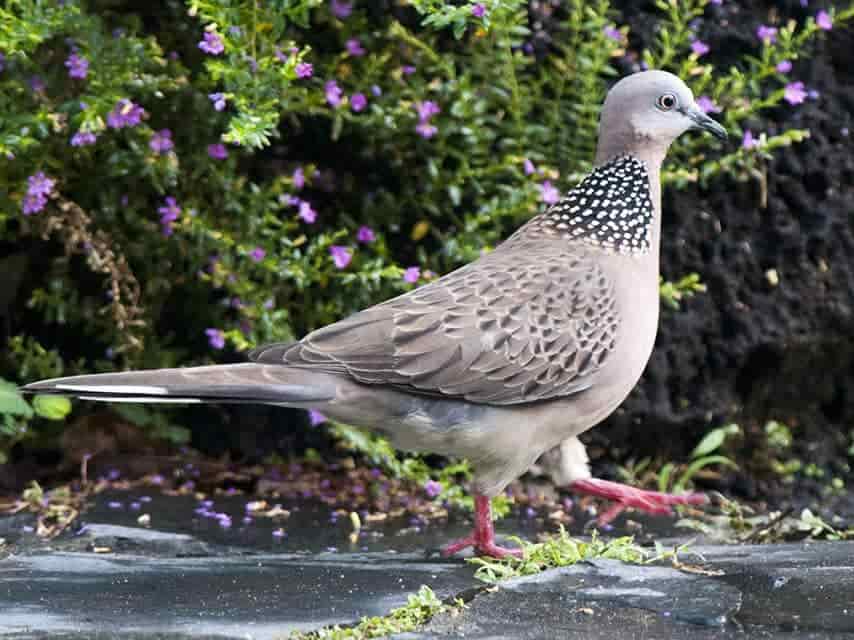

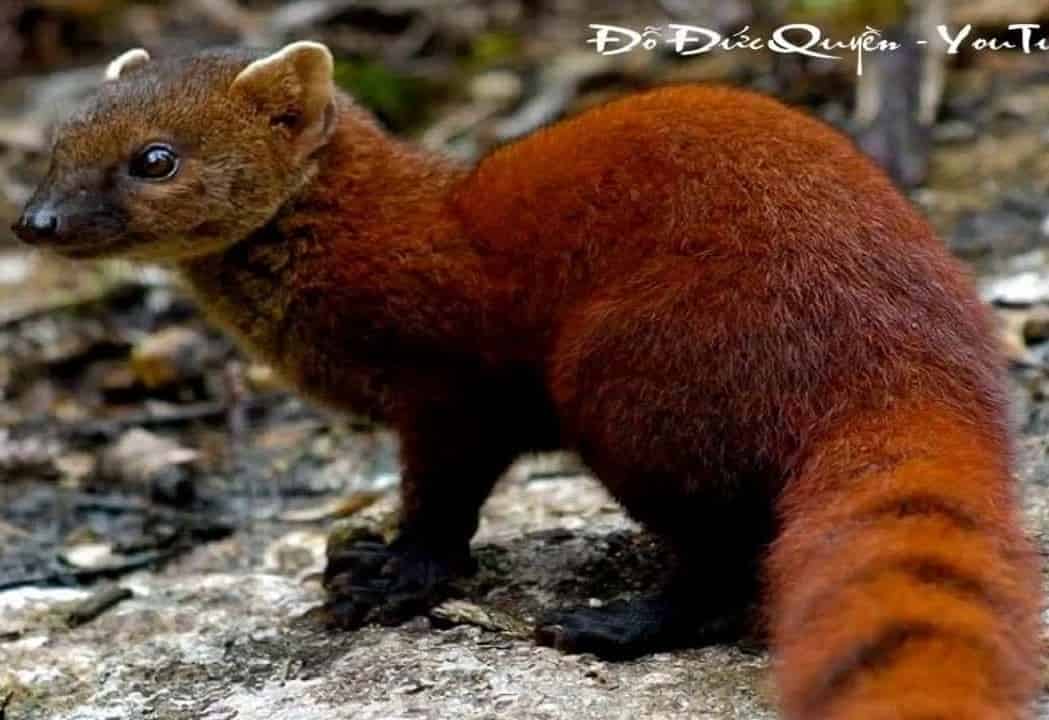
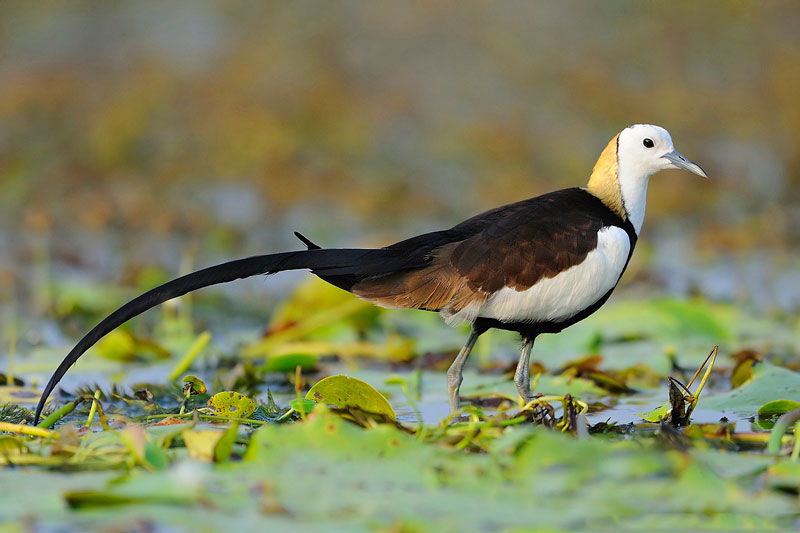
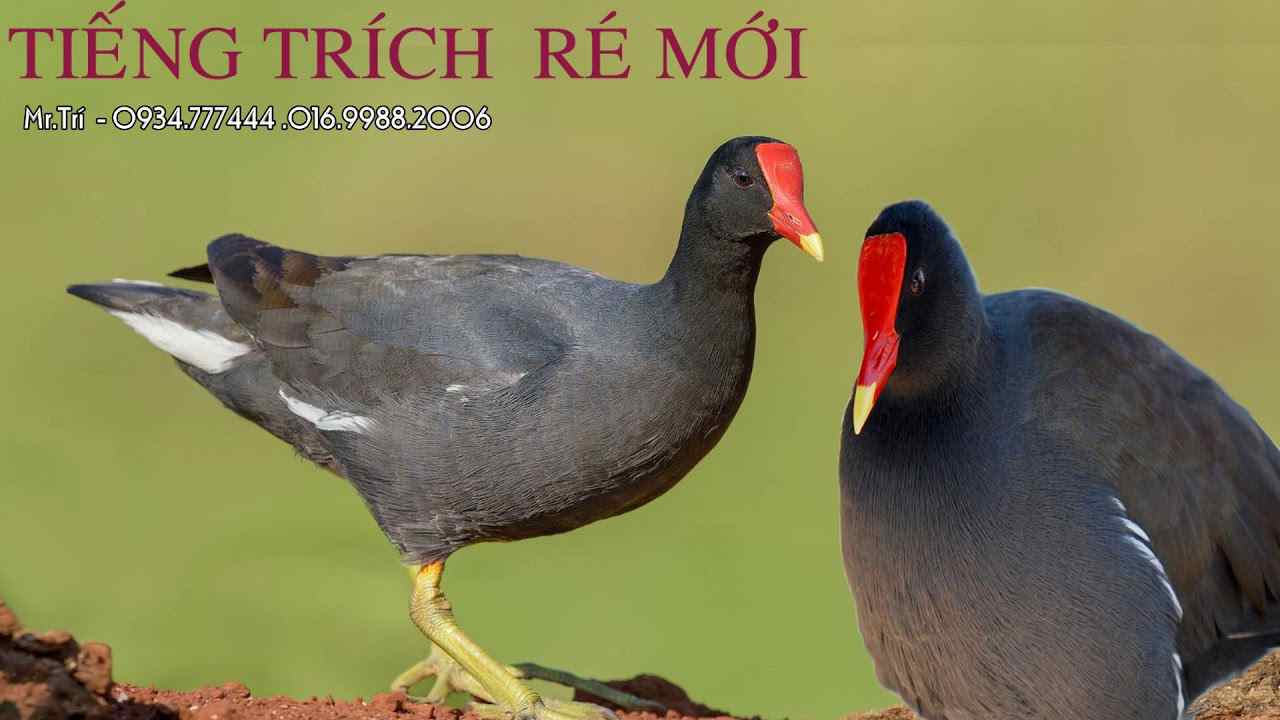
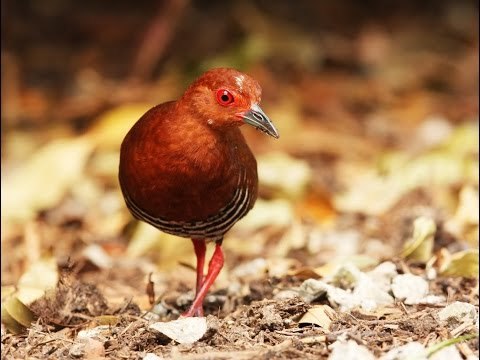
Are you looking for a Jungle bush quail bird sound file to beat forest birds? If yes, then download this file to try it out because this file is stripped of noise and processed with the most realistic sound very similar to the sound of a quail in the wild.
Slaty breasted rail is a medium-sized ground-dwelling waterfowl. Head drooping and upper body with thin white stripes, gray chest, young birds are grayer with light brown chest and upper body faintly streaked. . Habitat: wetlands, mangroves and rice fields. They nest in the grass, lay 3-8 eggs, found at an altitude of about 1,200 m Food: It eats small invertebrates such as earthworms, crickets, ant eggs... Also eats fish , shrimp, frogs...
These birds are easy to spot as they are all black and blue-black. The top of the head has thick feathers like a hat, the tail has 2 long strands like a flag, so it is called a flag-tailed rowing bird. They mainly eat insects. They are especially good at hunting in the air. They often nest on tall tree branches, lay 3-4 eggs, nests are made of dry grass fibers and rotting leaves.
Spotted dove has a body size of 30 cm. Has a black neck with white dots. The feathers on the outside of the tail are white streaks that show up when flying. (Especially when flying to the ground) When startled, fly up and hear the flapping of wings very clearly. Usually forages on the ground Goes alone, in pairs or in groups. Young birds have a duller gray color. They feed mainly on crops such as rice, grass, corn kernels, beans, millet... They nest on low-leaved branches that are not too tall. The nest is simply formed from dry grass, laying 2 eggs twice a year.
Red collared dove, cuckoo Belongs to the cuckoo family, has a smaller body size than the cuckoo Easy to identify with its red-gray-red body. There is a black border around the neck. They live in flocks, eating nuts, fruits, and grains. They nest on branches and leaves near open fields or grasslands to feed, they lay 2 eggs twice a year.
This species Coucal can be easily recognized by its body color. Wings and back reddish brown. Blue tail, black belly, dark blue chest and neck, red eyes. Strong beak for tearing prey. As a raptor they eat mice, snakes, eggs and small birds, their habitats are dense forests, rivers, rice fields, forest edges, reed grass...
Body size of Eurasian golden oriole is 28 cm., Generally yellow A black band extending from eye to beak area. Pink bill, bluish gray legs, black wings and tail. The female's plumage is green with many thin black stripes, Singing: Sounds like a flute Status: quite common. Settlements can reach an altitude of about 1,500 meters. Coast: Secondary hedges, uplands, mangroves, coastal scrub and other forested areas.
Mountain imperial pigeon belongs to the pigeon family. But having a larger body size Their call is like that of a pigeon. Easily recognizable, brown back, white belly and tail. Red legs, red bill, brown wings. This bird is found at an altitude of about 1100m, lives on high trees in the jungle.. They are birds, eat fruits and eat animals.
Pheasant tailed jacana is a species of bird in the family Jacanidae, native to India, Southeast Asia and Indonesia. This animal moves a small distance. But northern breeding populations from southern China and the Himalayas migrated to peninsular India and Southeast Asia.
Trap season Common blackbird every year around November to December every year, flamingos live in groups and mainly live in the midland mountainous areas. Today, this type of bird is increasingly rare because many people flock to trap them, because Common blackbird has a beautiful picture that attracts many ornamental bird owners to buy, in the city 1 bird costs about 200k to 300k depending on the size of the bird. in their beauty and purity.
